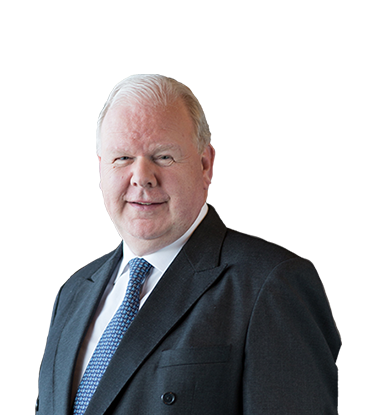Why aren’t we recognising notable women at work?
When I signed up to the Male Champions of Change (MCC) initiative, along with a group of other Australian CEOs and Chairs, I wanted to contribute my influence to help improve gender equality in business.
One of the MCC initiatives was the Panel Pledge – a simple, action-oriented and results-driven idea which meant that we would ask questions about gender balance when considering whether to accept invitations to speak at events.
In fact, this has been more complex than we thought. Many women appear to be reluctant to participate as speakers or panellists. And the issue is even more widespread. For example when I read the business press, particularly here in Australia, stories are dominated by photos and quotes from middle-aged white men in suits.
Despite the talent that exists, in 2012 women accounted for only 10 per cent of the commentary made by business leaders in business and finance stories across the major Australian newspapers.
Something isn’t right here.
To me, what is odd is that there are so many talented women in the business community who are experts in their field, leaders of businesses and who I know have something notable to say. Why are they not being heard?
I believe more can be done, and needs to be done by business and by media companies to make gender balance in reporting and in business networks the norm, rather than the exception. We need women to play a more active role in business discussion, in policy debates and in company reporting and coverage.
This lack of visibility is sometimes cited as a contributor to a slowdown in a woman’s career paths but it’s also something that with a little bit of effort and a change in mindset, we can go a long way to fixing.
Last night, I was joined by Australia’s Federal Sex Discrimination Commissioner, Elizabeth Broderick, to launch a new program at ANZ aimed at giving ANZ women the tools, skills and confidence to be heard.
The Notable Women program is a practical response to helping women reach their full leadership potential, as part of our goal to achieve gender balance in senior leadership teams across ANZ.
The program has a simple objective: to increase the representation of ANZ women in business networks, in business press and on social media; to get women to “lean in” to networks and media to increase their visibility.
We know it will deliver real business benefits to ANZ and it will send a clear message to our younger women that we are serious about achieving a better balance of men and women at the senior levels of our organisation.
We are also trying to support this change through our online publication ANZ BlueNotes , which is one platform where ANZ senior leaders and women from outside the bank can have their voices heard on thought-leadership issues.
In fact our head of Human Resources, Susie Babani, has already managed to overtake our chairman David Gonski on the “most read” list with a great story urging managers to embrace flexibility in the workforce.
When I look at the group of women that have been assembled for the first intake of the Notable Women program at ANZ, I see a group of highly talented executives from across the bank who will play a key role in our future success.
My hope is that the idea behind Notable Women now becomes engrained in our culture at ANZ and that we can share the program and its success with others in corporate Australia, so we can improve the visibility of our talented female leaders and that we make a genuine difference to gender equality in business.
I’m interested in your thoughts: what can women do to be more visible in the business community?
Are there other initiatives you can share to help increase the visibility of women in the business community?
Picture: ANZ CEO Mike Smith with Australia's Federal Sex Discrimination Commissioner Elizabeth Broderick at the launch of Notable Women
The views and opinions expressed in this communication are those of the author and may not necessarily state or reflect those of ANZ.
